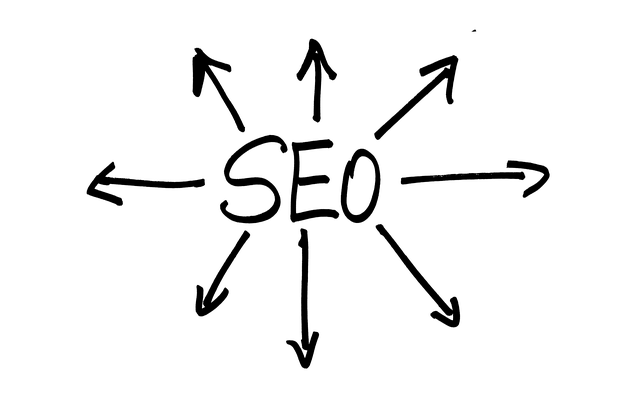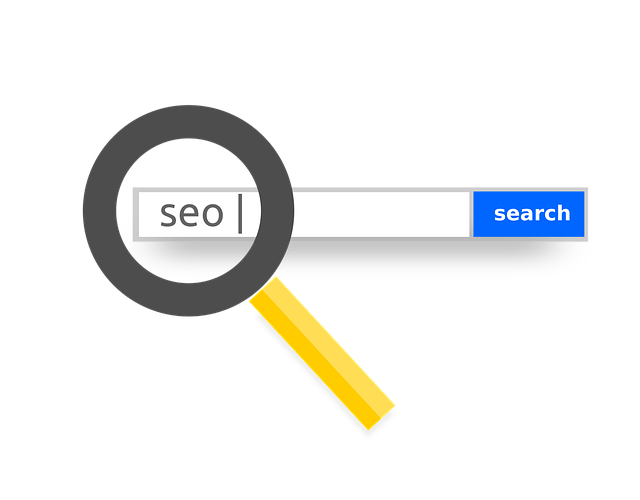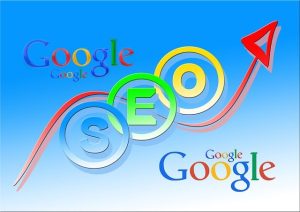SEO web design is a strategic approach that combines aesthetics with search engine optimization, focusing on creating user-friendly digital environments. It involves keyword research and integration, mobile responsiveness, site speed optimization, high-quality content, and structured website architecture for better navigation and indexing by search engines. User Experience (UX) is a key driver of success, as positive user behavior signals search engines about the website's quality. Effective SEO web design includes logical content organization, strategic keyword placement, and data-driven decision making based on metrics like organic traffic, bounce rate, and conversion rates to enhance rankings and drive targeted traffic.
“In the digital landscape, a website is only as good as its online visibility. This is where SEO web design experts play a pivotal role in transforming virtual presences from mere entities into powerful tools for growth and engagement. Understanding SEO web design involves delving into a strategic interplay of techniques that enhance search engine rankings. From optimizing structure to crafting compelling content, this article explores the key elements that underpin successful SEO web design, shedding light on the multifaceted roles and responsibilities of experts in this field.”
Understanding SEO Web Design: The Foundation of Online Visibility

SEO web design is more than just creating visually appealing websites; it’s about crafting digital spaces that are optimized for search engines and user experiences. At its core, effective SEO web design involves understanding how search algorithms work, incorporating relevant keywords strategically, and ensuring a site’s structure is intuitive and easy to navigate. By integrating these principles from the outset, professionals can lay a solid foundation for online visibility and performance.
A well-executed SEO web design strategy begins with keyword research, identifying terms that potential customers use when searching for products or services related to a business. These keywords are then seamlessly integrated into content, titles, meta descriptions, and URLs, signaling to search engines what a webpage is about. Furthermore, optimizing site speed, mobile responsiveness, and quality content contributes to a positive user experience, which search engines prioritize, ultimately driving higher rankings and increased traffic.
Key Roles and Responsibilities of SEO Web Design Experts

SEO Web Design Experts play a pivotal role in shaping the online visibility and success of a business. Their key responsibilities encompass a wide range of tasks, all aimed at enhancing search engine optimization (SEO) performance. These professionals are adept at creating and developing websites that are not only visually appealing but also strategically designed to rank higher on search engines like Google. They ensure that every element of the website, from content creation to coding, adheres to SEO best practices.
Their expertise includes optimizing website structure, implementing effective keyword strategies, and integrating analytics tools to track and improve user experience. They stay abreast of the latest trends and algorithm updates, making necessary adjustments to keep websites competitive in the digital landscape. Additionally, they collaborate with marketing teams to align SEO efforts with broader digital marketing campaigns, ensuring a cohesive online presence that drives traffic and boosts conversions.
Essential Techniques in SEO Web Design Strategy

In the realm of SEO web design, a strategic approach is key to enhancing online visibility and driving organic traffic. Experts in this field employ a multitude of essential techniques to create not just visually appealing but also search engine-friendly websites. One of the fundamental practices is keyword optimization, where carefully selected keywords are seamlessly integrated into content, meta tags, and URLs, ensuring relevance and attracting target audiences.
Another critical aspect is responsive design, adapting websites to various devices and screen sizes. With the majority of internet users accessing sites via mobile phones, this technique ensures a seamless user experience across all platforms. Additionally, experts optimize site speed, knowing that faster loading times directly impact search rankings and user satisfaction. Link building remains a powerful strategy, focusing on acquiring high-quality backlinks from reputable sources to enhance domain authority and improve a website’s credibility in the eyes of search engines.
User Experience (UX) and Its Impact on SEO Performance

In the realm of SEO web design, User Experience (UX) is a game-changer that significantly influences search engine optimization performance. A well-crafted UX ensures that websites are not only visually appealing but also intuitive and easy to navigate for users. When visitors can effortlessly find what they’re looking for, they stay longer on the page, scrolling through content and engaging with elements—all of which send positive signals to search engines like Google.
By prioritizing user satisfaction, SEO web design experts create websites that earn organic traffic over time. Easy navigation, fast loading speeds, mobile responsiveness, and clear calls-to-action encourage users to explore deeper into a site’s content. This behavior indicates to search algorithms that the website offers valuable information, leading to higher rankings for relevant keywords in search results.
Optimizing Website Structure for Search Engines

A well-structured website is a cornerstone of effective SEO web design. Organizing content logically and hierarchically allows search engines to easily navigate and index pages, improving overall site architecture. This involves creating a clear sitemap with intuitive navigation menus, ensuring each page has unique, descriptive URLs, and utilizing breadcrumbs to enhance user experience and guide visitors through the site.
Implementing these strategies not only aids search engine crawlers in understanding the context of your content but also demonstrates to them the importance and relevance of various pages within your website. Consequently, it leads to better ranking potential and drives more organic traffic, ultimately contributing to a successful SEO web design strategy.
Content Creation and SEO: A Synergistic Relationship

In the realm of SEO web design, content creation and search engine optimization are intertwined, forming a synergistic relationship that drives online visibility. High-quality, relevant content is the cornerstone of any successful SEO strategy; it attracts visitors, engages users, and signals to search engines that a website offers valuable information. Well-optimized content incorporates strategic keyword placement, compelling meta tags, and structured data, enhancing the site’s relevance in search results.
Expert SEO web designers understand this dynamic connection between content and search engine rankings. They create content not only for human readers but also with an eye towards algorithms, ensuring that each piece of content is optimized to perform well in organic searches. This dual focus—satisfying users’ information needs while adhering to search engine guidelines—is key to achieving top positions in search results and driving targeted traffic to the website.
Measuring Success: Analyzing Key SEO Metrics

Measuring success in SEO web design is an intricate process that involves analyzing key metrics. These metrics provide insights into the effectiveness of your optimization strategies, helping to identify areas for improvement and understand user behavior on your site. One critical metric is organic traffic, which represents visitors coming from search engines without any paid advertising. Tracking this data allows you to gauge the visibility of your website in search results.
Additionally, tracking bounce rate offers valuable information about user engagement. A low bounce rate indicates that visitors are finding relevant content and spending meaningful time on your site. Other essential metrics include pages per session, average session duration, and conversion rates. By monitoring these SEO web design metrics, you can make data-driven decisions to enhance search engine rankings, improve user experience, and ultimately achieve better online performance.
